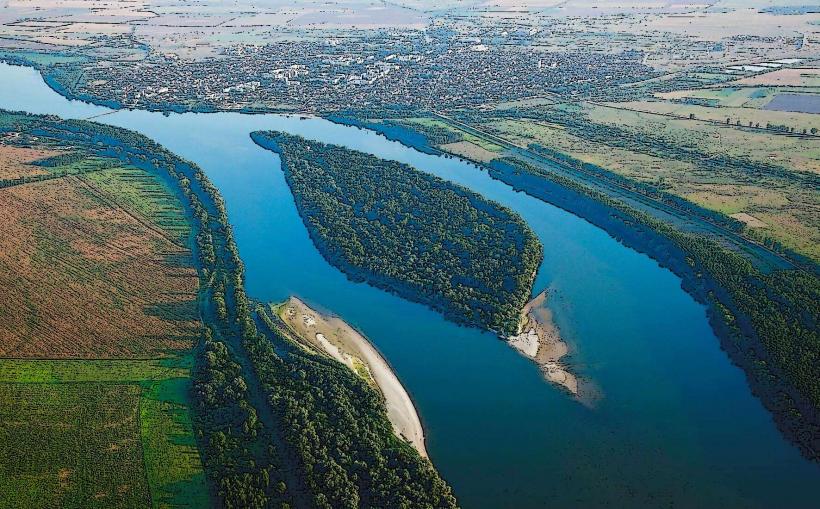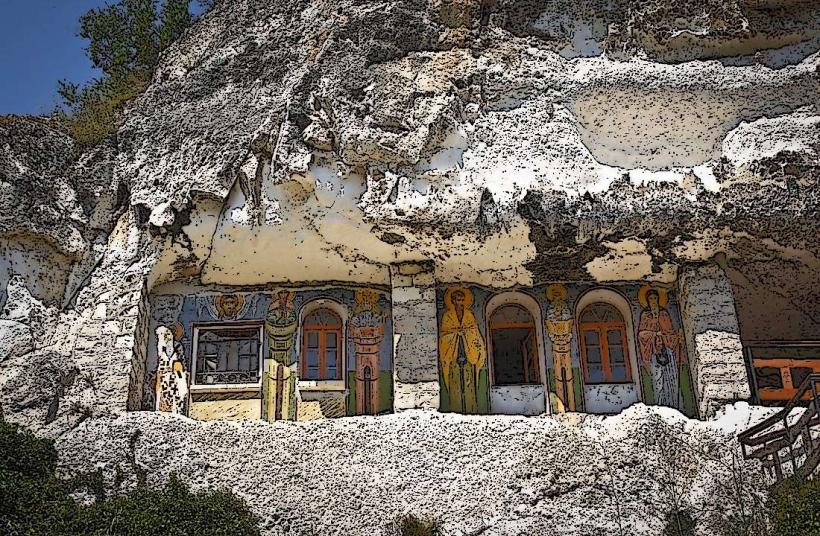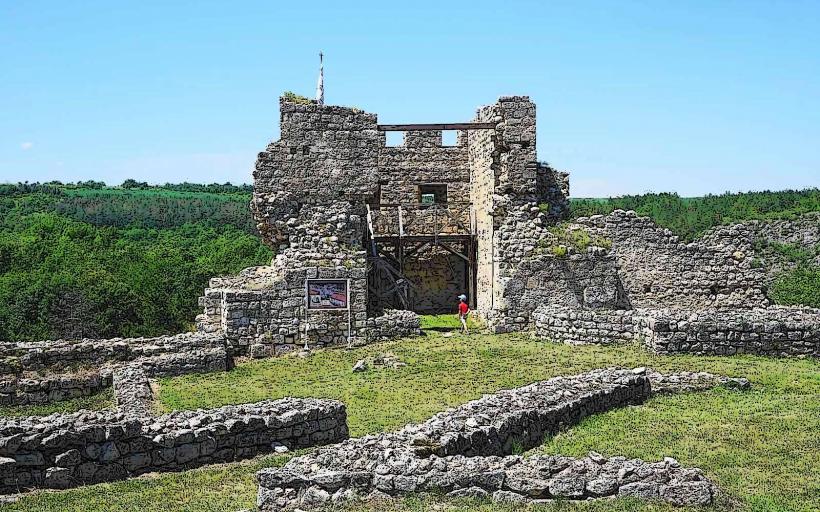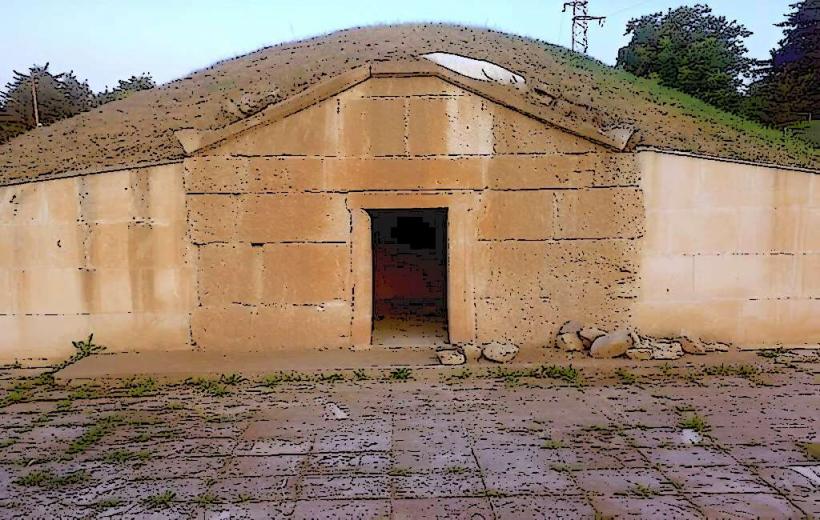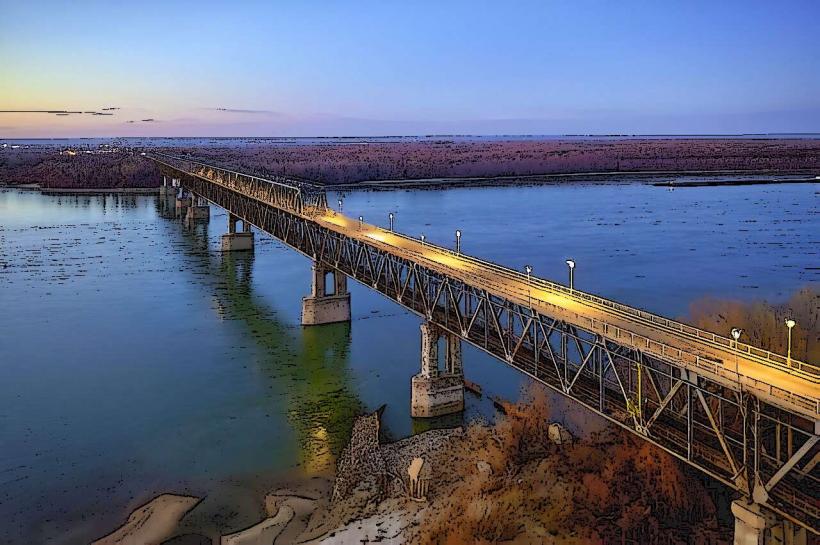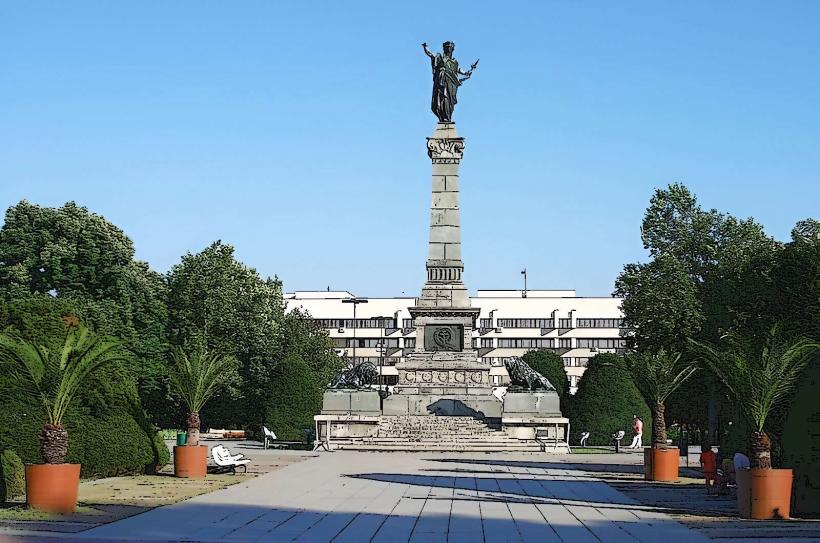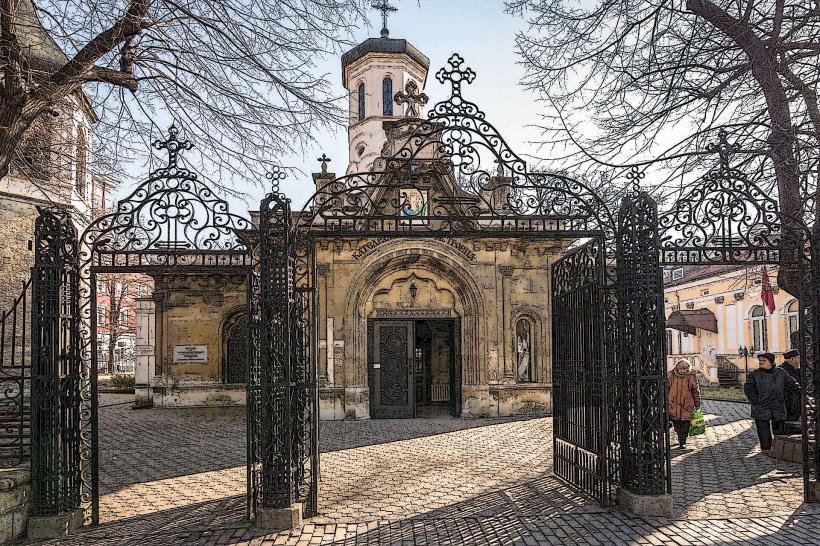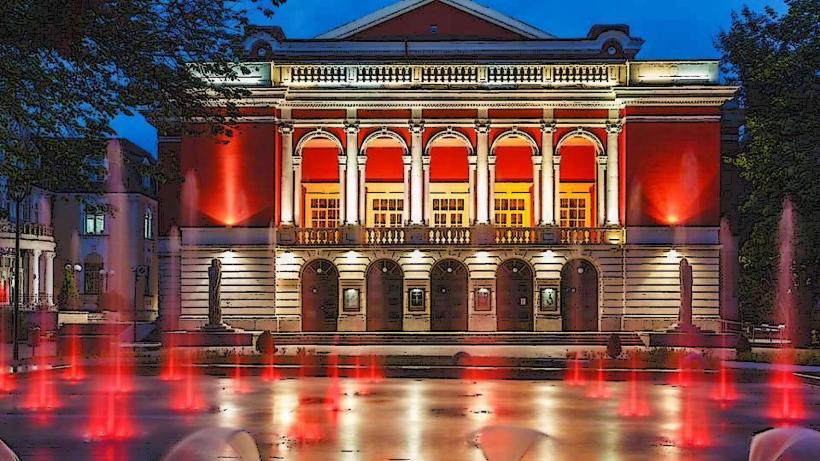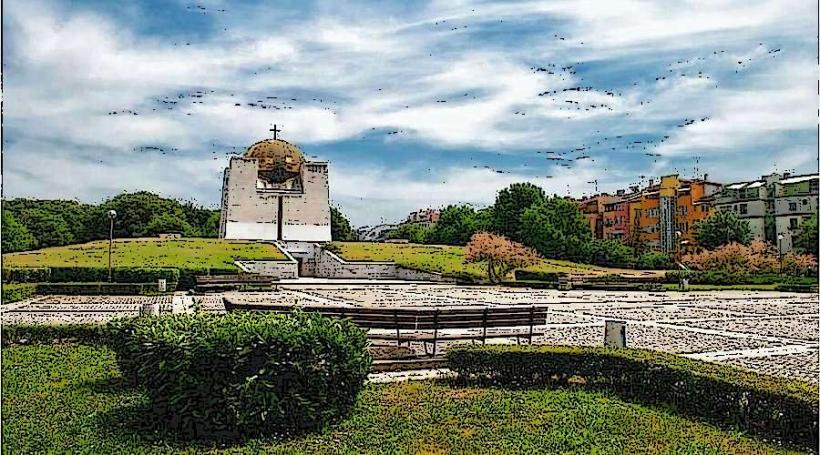Information
Landmark: Sveshtari TombCity: Ruse
Country: Bulgaria
Continent: Europe
The Sveshtari Tomb is an extraordinary archaeological site located near the village of Sveshtari in northeastern Bulgaria, part of the Razgrad Province. This ancient Thracian burial site dates back to the 3rd century BC and is renowned for its unique architectural features and rich decorations, offering significant insights into the funerary practices and beliefs of the Thracian civilization.
Historical Background
- Discovery: The tomb was discovered in 1982 by a team of Bulgarian archaeologists led by Vasil Nikolov. Its excavation revealed a remarkably preserved burial chamber that is among the most significant archaeological finds in Bulgaria.
- Cultural Context: The Sveshtari Tomb is associated with the Thracian culture, known for its sophisticated society, skilled artisans, and complex belief systems. The tomb is believed to belong to a Thracian aristocrat, possibly a member of the Getae tribe, which inhabited the region.
Architectural Features
- Structure: The tomb is characterized by its unique design, featuring a rectangular burial chamber with a vaulted ceiling. The tomb is built from large stone blocks and exhibits a combination of architectural styles that reflect the cultural influences of the time.
- Decoration: One of the most striking features of the Sveshtari Tomb is its elaborate decoration. The walls of the burial chamber are adorned with intricate reliefs depicting various scenes, including mythical figures and floral motifs. The reliefs feature a blend of Hellenistic and Thracian artistic styles, showcasing the cultural interactions of the period.
- Unique Columns: The tomb is particularly notable for its two columns that resemble female figures, often referred to as "maenads." These figures are depicted with elaborate hairstyles and attire, symbolizing the connection between the living and the divine in Thracian beliefs.
Archaeological Significance
- Burial Practices: The Sveshtari Tomb provides valuable insights into Thracian burial practices, particularly the importance of elaborate tombs for the elite. The presence of grave goods, including pottery, jewelry, and weapons, reflects the beliefs about the afterlife and the status of the individual buried there.
- Cultural Heritage: The tomb is part of a larger group of Thracian tombs in the region, contributing to the understanding of Thracian culture and its significance in ancient history. The Sveshtari Tomb, along with other nearby sites, highlights the complexity and richness of Thracian civilization.
UNESCO World Heritage Site
- Designation: In 1985, the Sveshtari Tomb was designated a UNESCO World Heritage Site, recognized for its outstanding universal value and its contribution to the understanding of the Thracian civilization. This status has helped promote its preservation and increased interest in the site as a cultural and historical landmark.
Visitor Experience
- Accessibility: The Sveshtari Tomb is accessible to visitors, with pathways leading to the site. A visitor center provides information about the tomb's history, architecture, and significance, enhancing the visitor experience.
- Guided Tours: Guided tours are often available, offering in-depth insights into the tomb's features and the cultural context of the Thracians. Knowledgeable guides share stories about the site and its discoveries, making the visit informative and engaging.
- Cultural Events: The site may host cultural events and exhibitions related to Thracian heritage, providing opportunities for visitors to learn more about the ancient civilization.
Nearby Attractions
- Other Thracian Tombs: The region is home to several other Thracian tombs, such as the Kostinbrod Tomb and the Mezek Tomb, each with its unique features and historical significance.
- Historical Sites: Nearby towns like Razgrad offer additional cultural and historical attractions, including museums that showcase artifacts from the Thracian period.
- Nature and Landscape: The surrounding area features beautiful natural landscapes, ideal for hiking and exploring the rich biodiversity of northeastern Bulgaria.
Conclusion
The Sveshtari Tomb is a remarkable testament to the artistic and cultural achievements of the Thracian civilization. Its unique architectural features, exquisite decorations, and rich historical context make it a must-visit site for those interested in archaeology, history, and ancient cultures. The tomb not only enriches our understanding of the Thracians but also stands as a symbol of Bulgaria's rich heritage and its significance in the ancient world.

